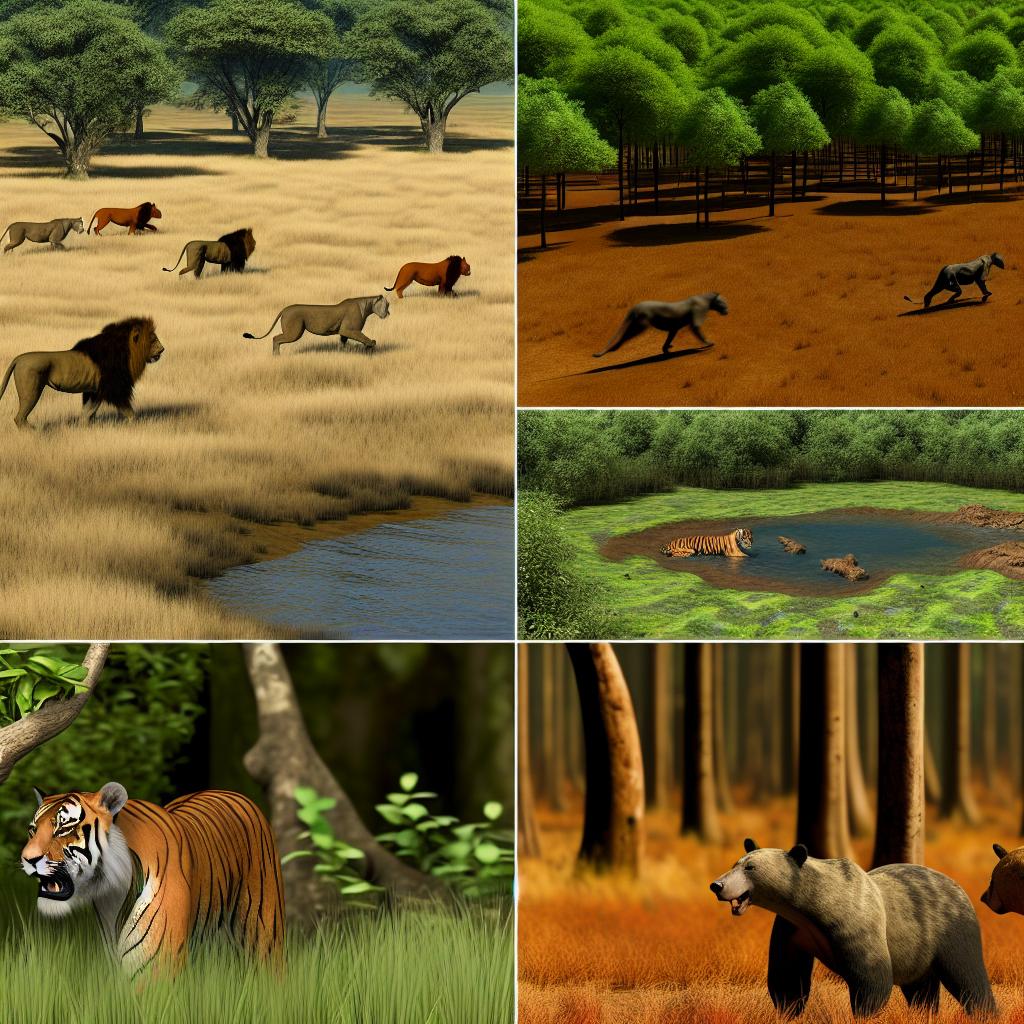Guide to Fort Ogden, Florida
Lions, Tigers & Bears Wildlife Sanctuary

Introduction to Lions, Tigers & Bears Wildlife Sanctuary
Lions, Tigers & Bears is a prominent wildlife sanctuary situated in Alpine, California. This sanctuary is committed to providing a safe and secure haven for rescued exotic animals. Operating as a nonprofit organization, it is dedicated to delivering lifetime care to a variety of animals that have been impacted negatively by the exotic animal trade. These include a range of wildlife species such as lions, tigers, and bears, among others.
Mission and Vision
The mission of Lions, Tigers & Bears is centered around the goal of furnishing a secure and natural environment for animals where they can flourish without the threat of abuse, neglect, or exploitation. The sanctuary aims to foster public education concerning the significance of conservation and the responsible stewardship of wildlife. Through the promotion of widespread awareness, the organization aspires to shape future policies and public attitudes regarding the ownership of exotic animals. This mission embodies a broader vision of a world where wildlife is respected and allowed to live in environments that offer freedom from harm.
Animal Residents
Within the sanctuary’s grounds reside a diverse group of animal inhabitants. Amongst these notable residents are African lions, Bengal tigers, and American black bears. Additionally, the sanctuary provides refuge to other non-native and native wildlife species. Each animal at the sanctuary benefits from personalized care tailored to its unique needs. This includes receiving a nutritious diet designed to meet their dietary requirements, comprehensive medical care for optimum health, and a vast expanse of space to roam freely. Here, animals can engage in behaviors that are natural to their species, thereby enhancing their physical and psychological well-being.
Conservation Efforts
Lions, Tigers & Bears is actively involved in supporting global conservation efforts. The sanctuary not only participates in rescue operations but also collaborates with other organizations to advocate for the implementation of stricter laws regulating exotic animal ownership. Education plays a critical role in their conservation endeavors, as it is intended to inspire individuals to partake in wildlife preservation initiatives. By educating the public, the sanctuary hopes to illuminate the challenges confronting exotic wildlife and encourage proactive contributions to conservation efforts that make a tangible difference in the preservation of species.
Visiting the Sanctuary
For those interested in learning more about these majestic animals and the struggles faced by exotic wildlife worldwide, the sanctuary provides educational tours for visitors. These tours offer participants insight into the lives of the sanctuary residents and highlight ways in which individuals can positively impact conservation efforts. The sanctuary also organizes a variety of events throughout the year aimed at engaging the community and supporting their mission. These events not only serve as a means of raising awareness but also help to promote the sanctuary’s ongoing conservation efforts. To arrange a visit or participate in the sanctuary’s events, details can be found on their official website: Lions, Tigers & Bears Official Site.
Conclusion
Lions, Tigers & Bears Wildlife Sanctuary plays an essential role in the rescue and care of exotic animals that have suffered due to human activities. Through a dedicated focus on conservation, education, and legal reform, the sanctuary makes a substantial contribution to the welfare of wildlife and the preservation of our planet’s biodiversity. Its work helps to protect both individual animals and broader ecosystems, ensuring that future generations can continue to explore and benefit from the rich diversity of life that inhabits our world. The sanctuary’s efforts reflect a commitment not only to the animals within its care but also to a global movement towards sustainably managing human interactions with wildlife.



